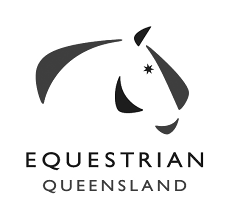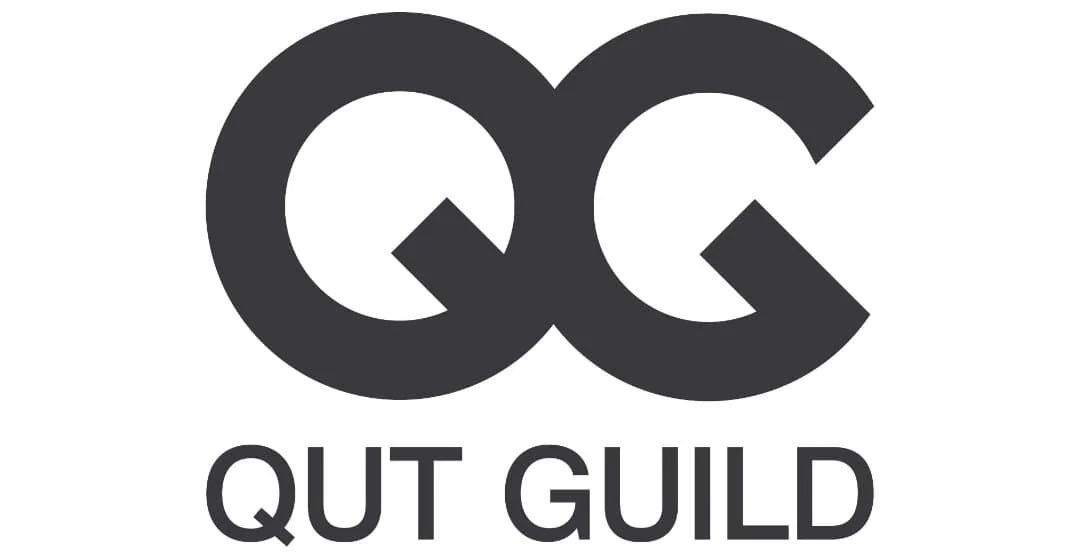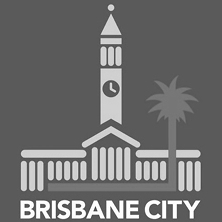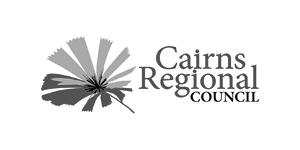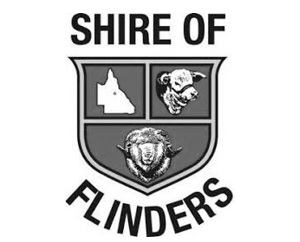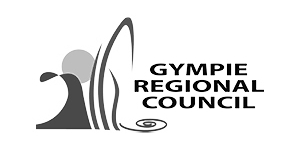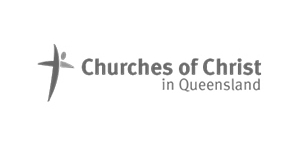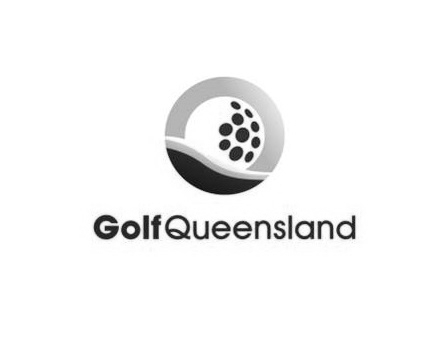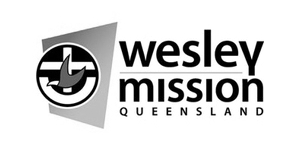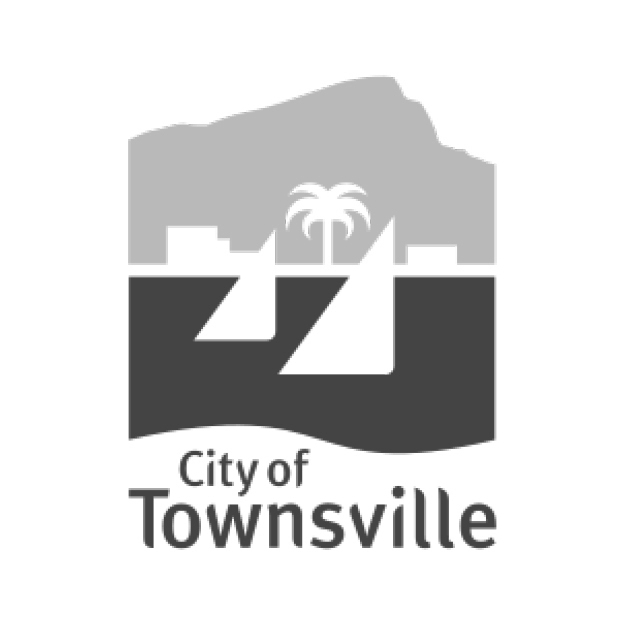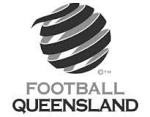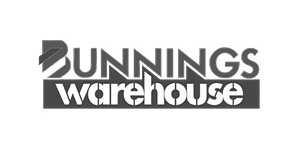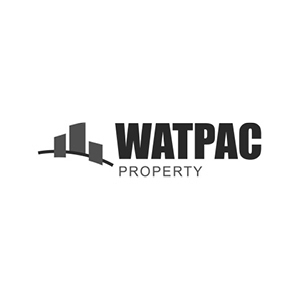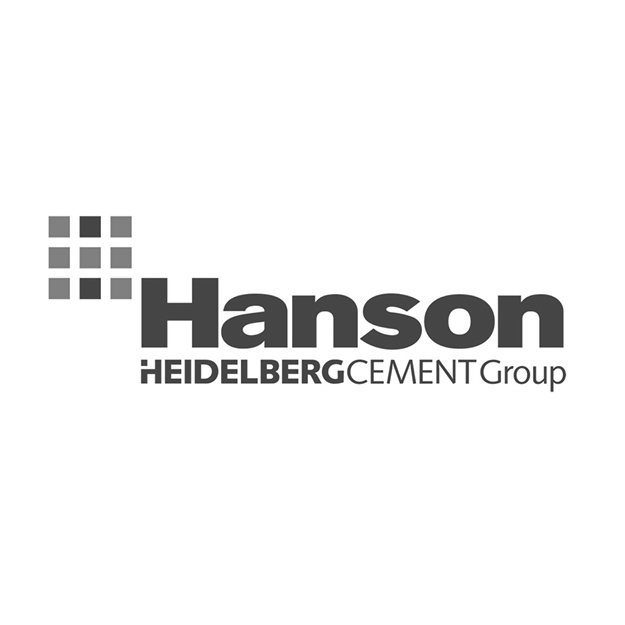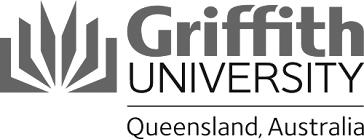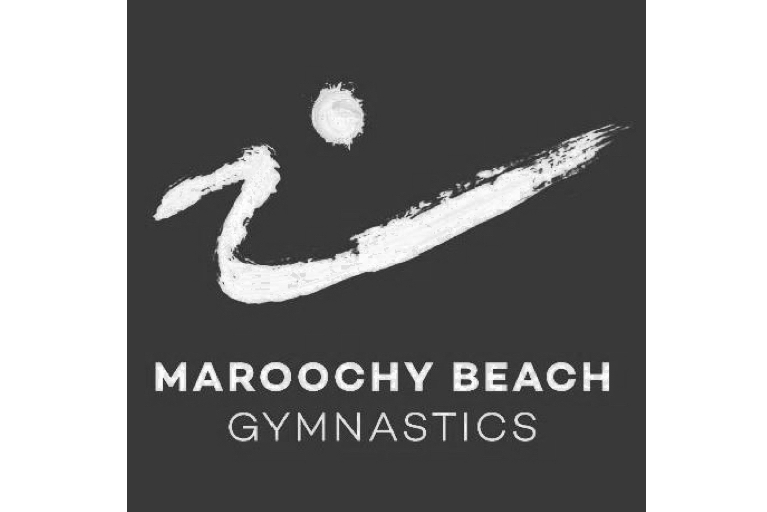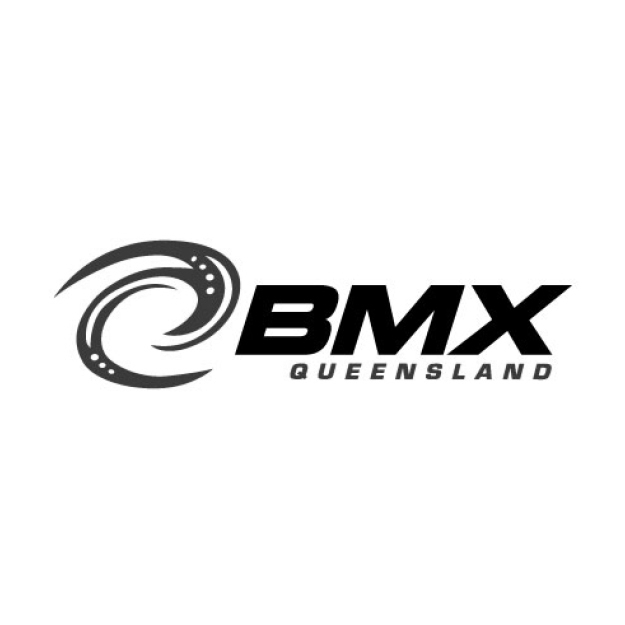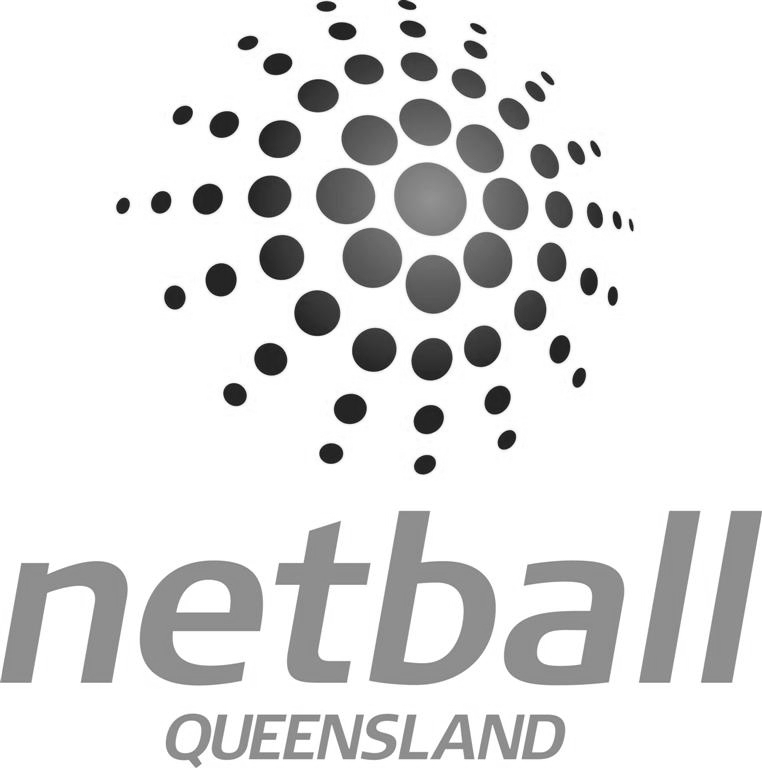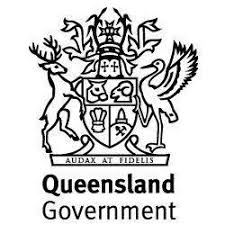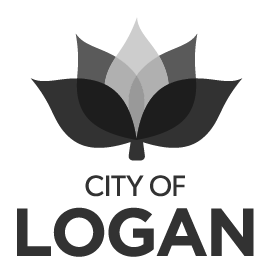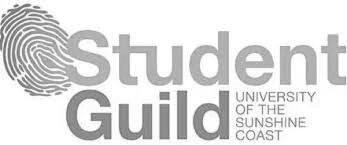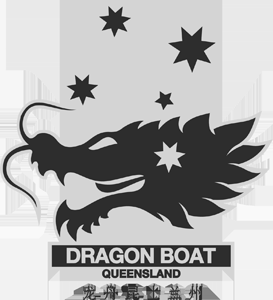Purpose
The Townsville City Council Sport and Recreation Facility Strategy 2018-2028 provided Council with an understanding of the provision of sports facilities in the region now and into the future. The project supports Council's approach to facility network development, aims to enhance participation opportunities, and support local volunteers' efforts in running clubs and competitions. The Strategy aligns with the Council's vision to become a leader in providing high-quality sport and recreation facilities, thereby promoting the wellbeing and liveability of the community.
Approach
Development of strategy was informed by a data-driven assessment of existing facilities, population trends and participation rates, focusing on the top 11 sports with the highest participation rates in Townsville. Comprehensive IAP2 guided consultation with various stakeholders, including state sporting organisations, local clubs, associations, schools, and community members, shaped the recommendations.
CPR Group used Microsoft Power BI to combine disparate data sets (membership, facility attributes, population data, etc.) and consider local, regional and national participation trends, existing sport specific participation space capacity, any facility sharing (including for public use) and long-term population trends with the potential for division into smaller population centres.
Outcomes
The Townsville City Council Sport and Recreation Facility Strategy provides Council with a comprehensive and informed basis for strategic investment in the city's sports facilities for the future, providing data and recommendations to target opportunities, clearly prioritise, and anticipate future consolidation or growth. The practical recommendations enable strategic, data-driven, well-informed decision-making by the Council and support its commitment to promoting a healthier and more active community.
An example of an informed decision led by the strategy would be to prioritise facility improvement over constructing new ones. In the case of rugby league, the analysis projected an increased demand for six participation spaces by 2031. However, it was found that the demand could be met by upgrading lighting and surfaces on five existing facilities, thereby increasing their capacity and the resident club's membership growth. This approach translates into substantial cost savings, considering that a lighting project costs around $150,000 compared to a new field development project, which may start at $500,000, excluding supporting infrastructure.




